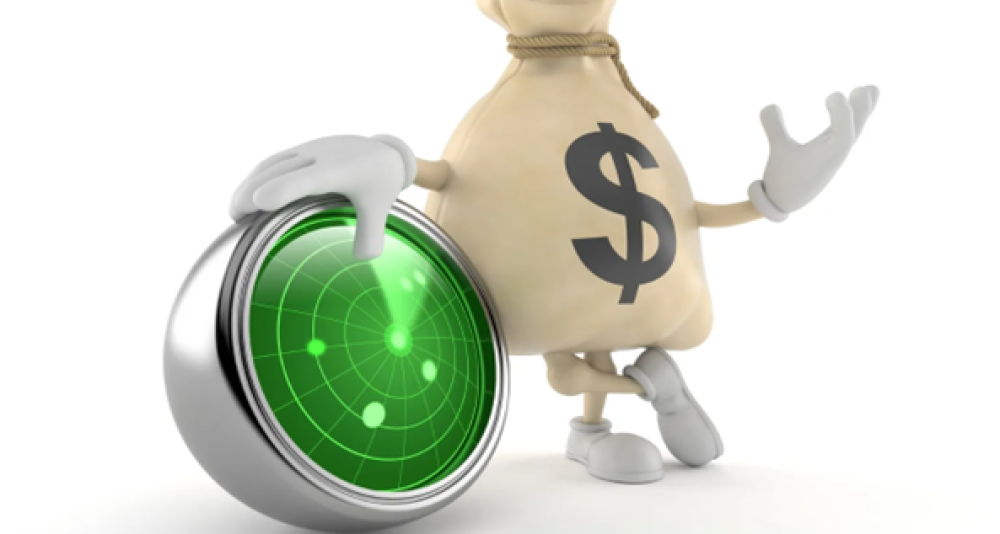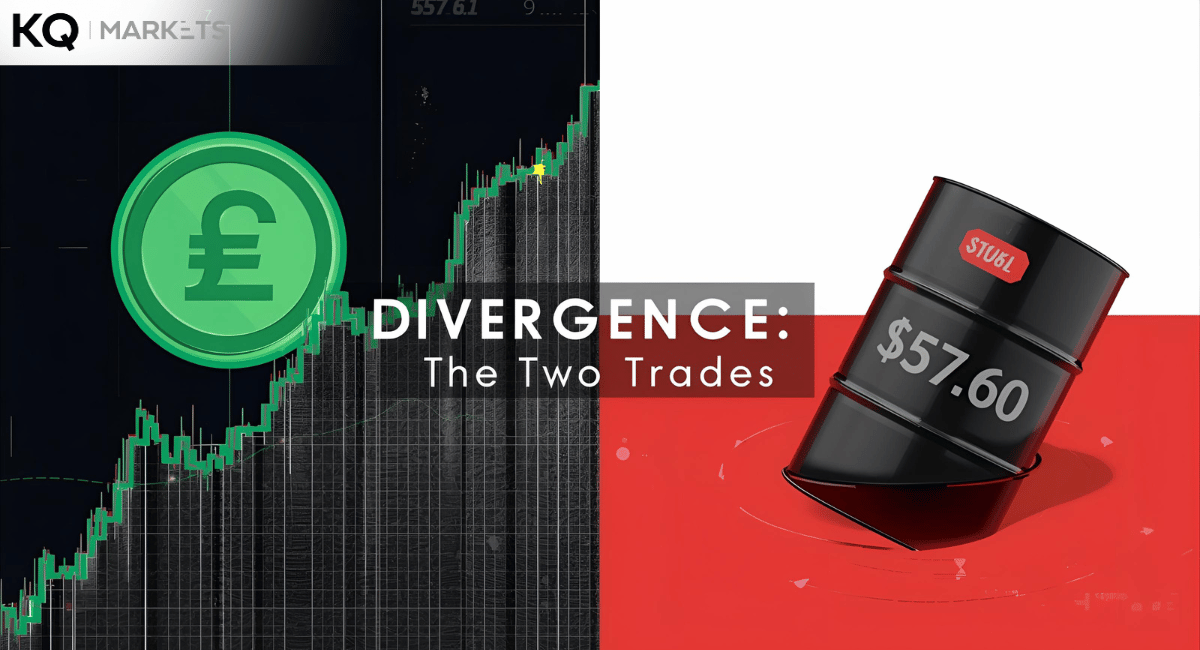After advancing on Wednesday, the dollar recovered from a two-month low in the previous trading sessions. Meanwhile, stock traders lightened short positions to secure returns ahead of the non-farm payrolls report. The underlying dollar trend remained on the downside as US private sector employment numbers affirmed it. The private employment data backed the idea that the Federal Reserve will not raise interest rates further.
Most stock traders have predicted that the non-farm payrolls report would record up to 24,000 new jobs in March. The euro fell to $1.0906 by 0.5% as the dollar index rose to 101.87 by 0.4%. The US 2-year yields that showcase expectations on interest rates dropped by 74 basis points. This decline marked the worst since 2008, a year of a long global financial crisis. In general, the falling Federal Reserve rates and cuts contributed to dollar weakness.
Although the dollar might weaken further, currency moves will be grind lower instead of a straight collapse that reflects months of selling. The ADP National Employment reported a cooling labor market on Wednesday after United States private employers hired fewer employees in March. Private Job opportunities rose by 145,000 to showcase a decline in February job openings. Other official reports also indicated persistent economic collapse in the service sector.
The service industry dropped more than predictions as demand cooled. On the other hand, the services businesses' prices dropped to a nearly three-year low. The services industry jobs indicator slid from 47.6 in February to 45.8, while the prices paid component dropped from 65.6 in February to 59.5 in March. In the meantime, the ISM non-manufacturing index declined from 55.1 in Feb to 51.2. These moves could be evidence of the underlying disinflation.
Experts believe it is early to predict if the Federal Reserve might raise its benchmark rate during the next meeting in early May. In any case, US rate futures markets have staked a 55% chance of unchanged rates, up from 43% earlier this week. The markets also staked it at about 85 basis point cuts by the end of 2023. The dollar also posted a 0.4% fall to 13.13 in its third loss against the Yen, while the greenback traded at 0.9060 francs against the Swiss franc.
Overall, the Australian dollar declined by 0.5% against the US dollar to about $0.6720. The decline comes one day after the Australian central bank left exchange rates unchanged following ten straight hikes at 3.6%. The bank insisted on more time to evaluate the past increases impacts. Above all, the New Zealand dollar increased by 0.1% against the greenback to about $0.6316 after rallying to 1.1%. The rise comes after the New Zealand Reserve Bank unexpectedly increased its interest rates to a 14-year high by 50 basis points.





